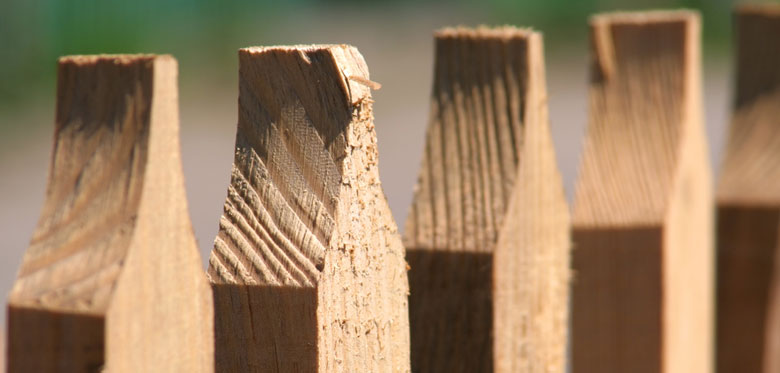In the UK, encroachment law deals with situations where one party's property extends onto or interferes with another party's property without permission, and can involve structures, such as buildings and fences, as well as vegetation like trees and bushes. It is primarily governed by the property law principles of trespass and nuisance and allows an affected party to seek injunctive relief from the encroachment, compensatory damages for any harm caused to their property, and in the extreme cases, the complete removal/demolition of the encroaching property.
Before you are able to confirm whether someone is encroaching on your property’s land, you must first establish your property’s legal boundary. A good starting point for establishing your property’s legal boundary, is to first refer to your property’s title deeds/conveyance(s) and analyse any attached plan(s). However, it is important to understand that although your Land Registry title plan may clearly plot your property’s boundary, a court will not consider this to be your exact legal boundary without further substantive evidence, as the title plan does not represent the exact position of your boundary on the ground. This is because your title plan is usually subject to what is known as the ‘general boundaries rules’, which means that Land Registry title plans, only give a general indication as to where your property’s legal boundary lies, relying on Ordnance Survey plans to plot your property’s boundary.
The clearest way to establish your property’s exact legal boundary, is to obtain a boundary surveyors report from a chartered RICS surveyor. The surveyor would conduct a site visit at your property and make reference to any relevant topographical and historical features on the ground, which would then hopefully enable them to plot your property’s exact legal boundary in a report which is CPR 35 compliant. This would then allow a court to consider the full extent of any encroachment on your property.
The outcome of encroachment cases can depend on various factors other than the extent of an encroachment, including the impact on the affected party's property, and any relevant legal principles or precedents which apply to the particular facts of the case. Furthermore, it is now common practise for encroachment disputes within the UK to be resolved through methods of alternative dispute resolution, such as mediation and/or negotiation between the parties involved. This results in a much more cost and time effective approach than using the traditional court procedure, as well as allowing parties to enter into more flexible settlement agreements than those that would be awarded by any trial judge. Nevertheless, it is vitally important for property owners in the UK to be aware of their rights and responsibilities regarding encroachment and to seek legal advice if they become involved in an encroachment dispute.
If you believe that your property is currently being encroached upon by someone else, and you require specialist legal assistance, Stephensons' dispute resolution team can assist, call us on 0161 696 6178.




Comments